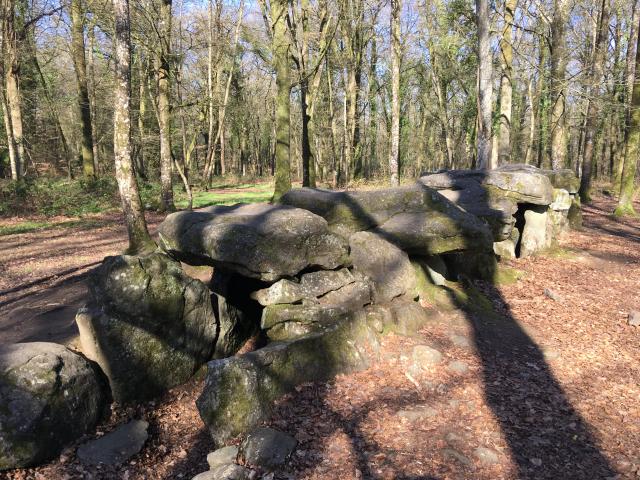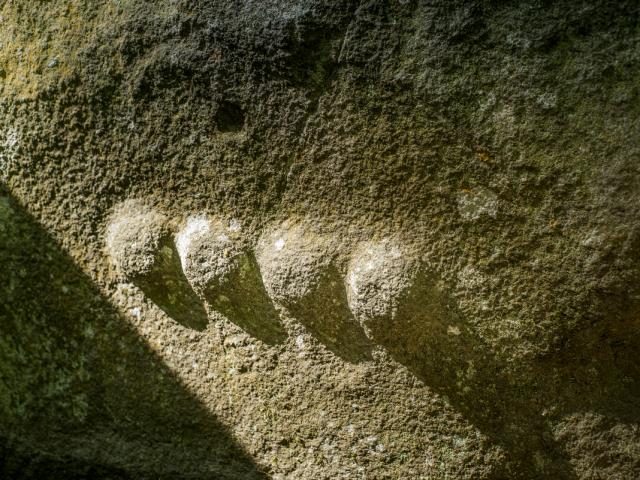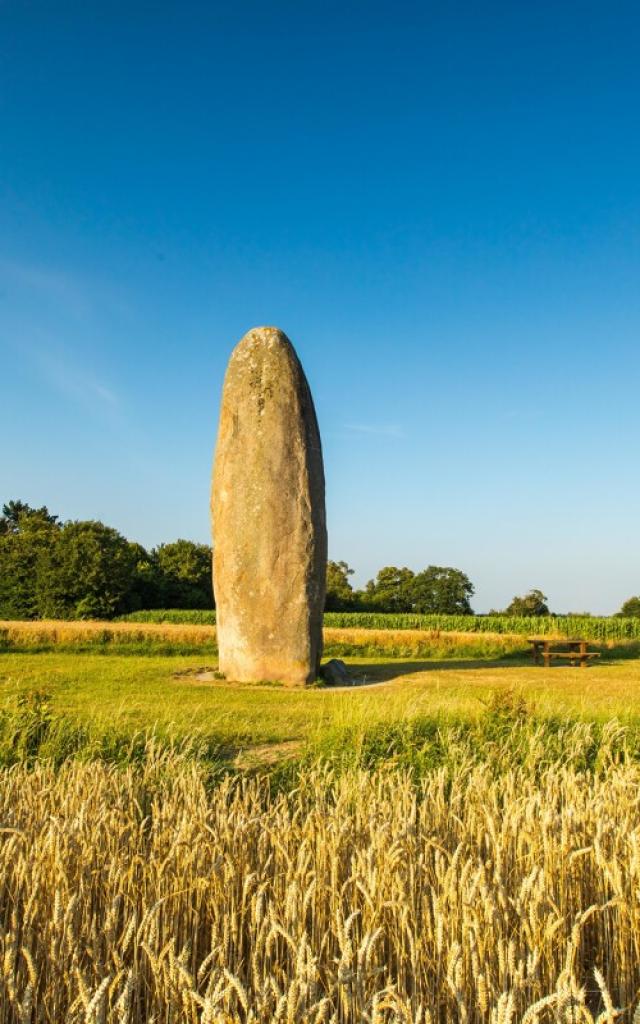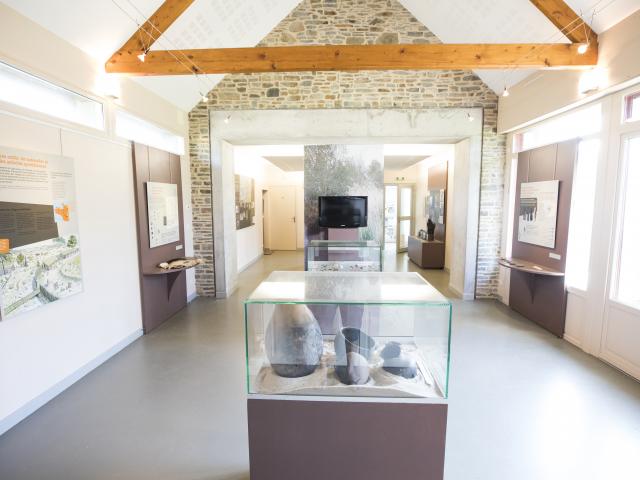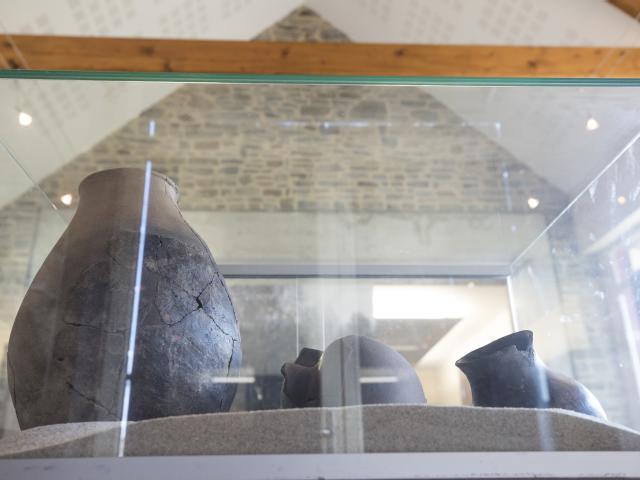Their share of mystery, the very origin of their existence fascinate.
The megaliths come from a heritage that predates the Celtic character of Brittany, and yet from generation to generation the transmission of stories continues, where a part of reality and a hint of the imaginary are mixed.


